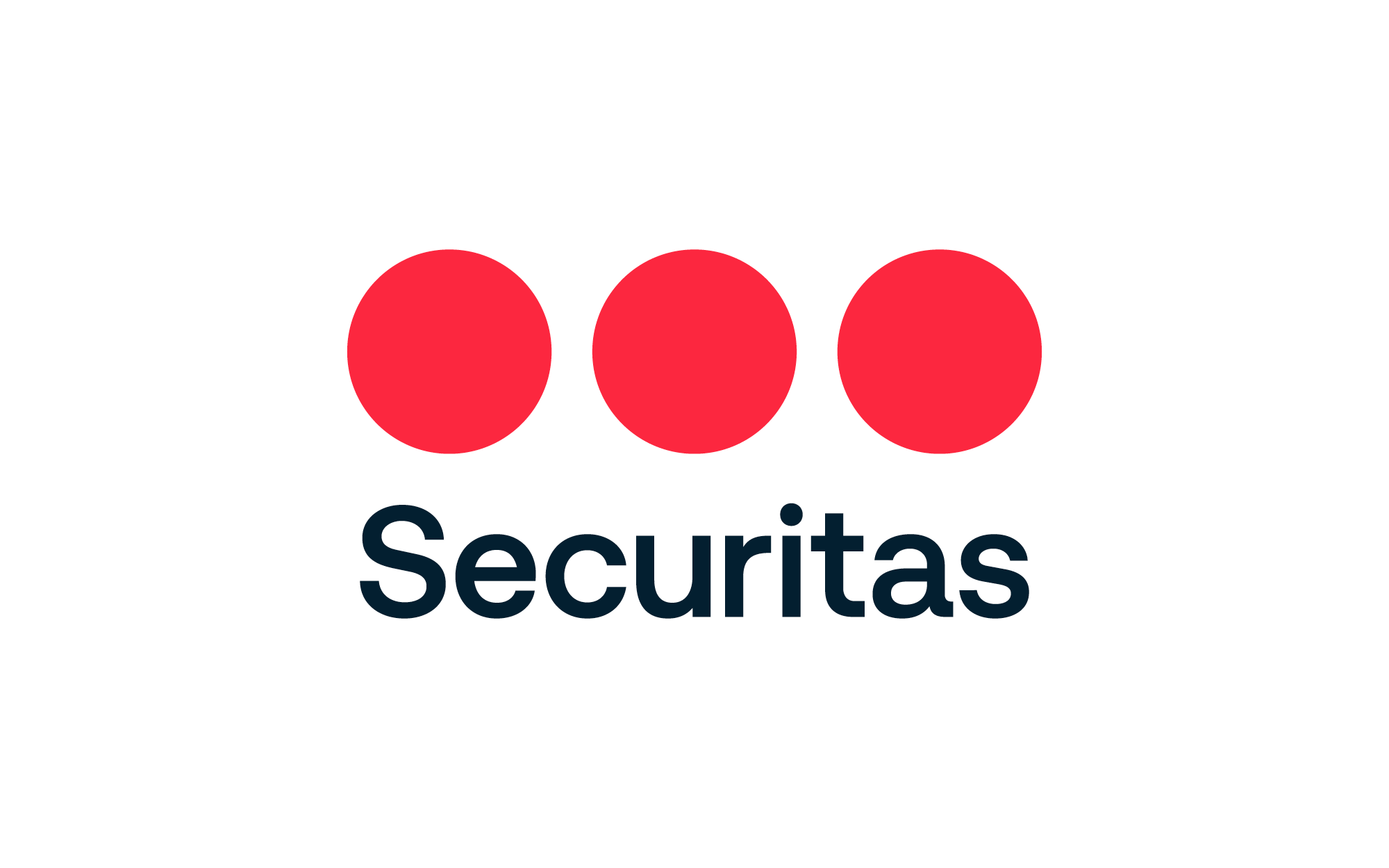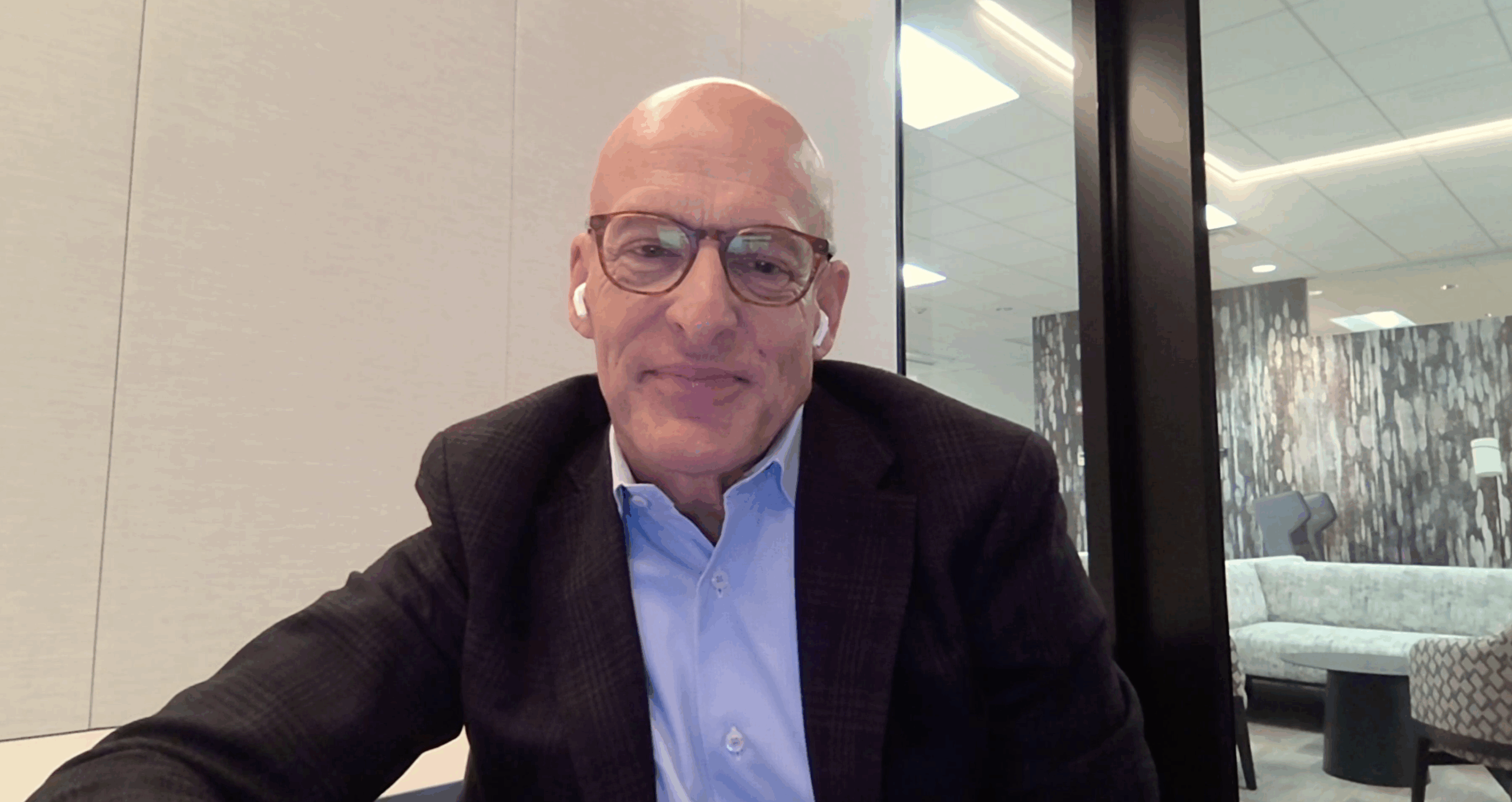You know employee development is more important than ever–but you may not know how to implement it as effectively as possible. Perhaps you know how to put together an employee development plan, but not how to accurately measure its results. Or you successfully defined an employee’s goals, but lack concrete ideas for getting from point A to point B. And if you’re not aware of recent advances in talent development concepts, it’s certainly time to go back to basics. Wherever you are in your employee development efforts, use this guide to get you and your people to your goals.
A Definition of Employee Development
“Development” is the second word in a very large number of HR phrases. Let’s define employee development and contrast it with other developmental topics.
Employee development involves the learning and development initiatives supplied by HR to any worker. It provides and improves the skills that employees use on a daily basis and in their careers. As such, it is a catch-all phrase that includes:
Professional development: This focuses on the skills that employees use throughout their careers. For many professions, such as medicine, professional development is compulsory and ensures that the individual meets certain minimum standards. In addition, professional development can include skills that an employee doesn’t currently use, but might one day. For instance, an accountant needs to understand audits, but won’t necessarily conduct one during their career.
Workplace skills: These enable an employee to perform their daily tasks. Many workplace skills are either hard or soft skills that are common to many jobs. However, workplace skills also include organization-specific abilities that are needed to function but are not always transferable to other companies. For example, it is a workplace skill to understand the special features of a product that you are selling, but this knowledge cannot be applied to other products.
Resilience: A third category of employee skills has come to be known as “resilience” skills. They are not exactly workplace skills because they can be applied in personal situations. However, they are useful for employees because they help with the psychological aspects of work. Common resilience skills include self-confidence, self-awareness, and the ability to relax.
Personalized Employee Development
It’s been known for a while now that, in general, learning and development programs aren’t doing the best job possible. Yes, businesses spend billions on them; no, they don’t seem all that successful. For a bit of proof, here are just a few facts:
- It is expected that 65% of the workplace skills that were relevant in 2015 will be obsolete by 2030.
- Only 67% of L&D managers believe that their strategy is in line with business goals (a 10% decrease from 2021).
- Only 29% of employees feel that they are given sufficient opportunities to develop skills.
So, while the demand for new employee skills is growing, the ability to supply those skills is lagging – except when it comes to personalized employee development.
For developing employees effectively, customization holds the key. In contrast to the worrying figures listed above, personalized employee development strategies have hit the mark. Through personalization, top employee development platforms can achieve a 92% success rate when it comes to helping employees be more effective in their roles. In addition, personalized employee development includes a host of amazing benefits:
Loss Prevention
A lack of career development opportunities has been the top reason for employee turnover for many years. Of course, there are other factors that contribute: people quit to jumpstart their career by going to school, starting something new, or because of a promotion. However the most common factor for an employee to quit is to find better development opportunities. By delivering personalized L&D programs, organizations can provide the learning opportunities that employees want. This can avoid the enormous cost of replacing them, which often amounts to 1.5 times their annual salary.
Employee Retention
But just assigning employees to courses doesn’t do the trick, as shown above. Even with the money spent on L&D, workers still don’t get proper skills through traditional methods. After a while, the employee will realize that their learning efforts haven’t produced results, and they will start looking again. With personalized L&D, however, workers get the skills they need to advance, and will appreciate your programs for moving them up the corporate ladder. The result is an organization where employees are more productive and retention is high: 94% of workers say they would stay at a company longer if it invests in their professional development.
Employee Engagement
Two HR goals that often go together are employee retention and engagement. Skills development is an important factor for this latter issue as well – 92% of workers believe that a quality employee development strategy will increase their level of engagement.
A company culture that focuses on professional development skills reflects an interest by the organization in the career growth of current employees. Similarly, employees who are part of a talent development program stand a better chance of promotion, which is also essential for positive engagement.
Increased Competitiveness
The growing importance of soft skills training is not about being touchy-feely. As automation increases even more, companies need less technical development ability and more people development ability. Organizations must be competitive not only in how they produce, but in how they treat the producers, and how they treat clients. Because, as events like the Great Resignation have shown, there is a war for talent as well as a war for market share.
At the same time, both soft and hard skill priorities have never been more difficult to pin down. What technologies and management techniques will be on top tomorrow? It’s impossible to say. The only certainty is that companies will need to adjust quickly by training individual workers in the specialties that keep the whole organization competitive.
Meeting Expectations
If your cell phone, Netflix account, and even local sushi restaurant website know your preferences, then why not your L&D provider? Most people, particularly younger generations, live in a world of customization. Professional development programs that lack personalization features are both frustrating and anachronistic.
The Top Areas of Employee Development
How do you know exactly which skills your employees will need? As always, it’s helpful to take into account the typical factors, such as a skills gap analysis, strategic planning, and industry forecasts.
But with the rapid fire speed at which things are changing, it’s never been important to keep track of the most pressing global areas for employee development. Trends that are already affecting one industry may come to you a bit later, and it pays to be prepared.
Perhaps the best example of this is artificial intelligence. It has had a major influence on technology-related jobs but is predicted to be one of the most important factors in employee skills for the foreseeable future. Forbes explains how AI-related issues account for two of the most important HR trends for 2024. These include helping people to do their jobs more efficiently, and how managers will better lead their teams.
However, technology skills are not listed in the top five employee development areas as compiled by Korn Ferry. This is because the importance of soft skills, which cannot (yet!) be easily replicated by AI, is growing in importance. These skills are:
- Adaptability
- Collaboration
- Communication
- Critical thinking
- Empathy
In fact, we can expect future employee development to be highly related to the use of AI. First of all, employees will need to learn how to apply the technology. But more importantly, they will have an even greater role in areas where AI cannot function. Certain business functions are simply too complex for the pre-programmed nature of artificial intelligence. Even the World Economic Forum states that various jobs, such as business development professionals, digital transformation specialists, and digital marketing specialists, will not be replaced by AI.
Employee Development Ideas
Whether you use technology for customizing L&D programs or are just doing everything the old-fashioned way by manually matching employees to courses, there are still a bunch of tried and true employee development ideas to make life easier. To get the best possible results from your employee development strategies, try these tips:
Create a Culture of Learning
Not every organization can offer continuous development, but building an organizational culture that is centered on knowledge pays huge dividends:
- Educated employees are ready to take on more responsibilities, perhaps as part of succession planning.
- With an interesting job shadowing program, your own employees can impart their expertise to others.
- If you focus on a Growth Mindset, which has learning at its core, you can build resilience to failure on top of a thirst for knowledge.
- You can encourage L&D graduates to “share the knowledge” through sessions where they explain what they have learned and how that applies to your organization.
For all of these efforts, HR needs to be in the background, ready to provide internal courses and opportunities, as well as access to external L&D and professional networks.
Get the Organization on Board
The role of senior managers in employee development is part of every organizational change. If you are looking at revamping your L&D process, buy-in from the higher-ups is essential. Management needs to approve all of the resources required for effective learning.
What’s more, is that any decent L&D effort produces results. For employees, this can mean recognition of advancement and achievement. But maybe more important is the upward movement that employees should expect if they put in the effort. Ensuring that management commits to internal mobility programs is crucial.
Involve Employees
Of course, this goes beyond getting them to show up. The actual programs that an employee takes should be the result of a negotiation between HR and them. Your organization knows what it needs, but the employee is the one investing their hours. A great way to come to an agreement ahead of time is with a career pathing initiative. This step includes identifying the unique talents of every employee and setting goals – an essential part of any development plan.
Employee Growth Over Generations
All of these points answer the question, “Why is employee growth important?” It’s obvious that both companies and employees benefit greatly from quality L&D. But there’s another big question that needs to be asked: “Should employee development be the same for everyone?”
The answer is no and yes. For the first time in history, there are five generations working together: the Silent Generation, Baby Boomers, Gen X, Millennials, and Gen Z. Each has their own preferred learning style. Older people are accustomed to group learning and textbooks, while younger workers are totally used to sprints of individualized, gamified content.
But the more senior among us are rapidly catching up. More than 75% of people above age 65 now own a smartphone, with usage getting to almost 100% as the employee gets younger. Implementing employee development programs that use various digital devices, gamification, and micro-learning sessions can be surprisingly effective even among older employees.
Still, there is value to be gained from different generational perspectives. HR should think about these multi-generational learning activities:
- One-on-one meetings to share advice about working challenges
- Workshops that improve communication
- Training for L&D personnel that deals with age-related biases
Employee Development Goals
The motivation driving companies to support learning and development is typically to increase the morale and retention of employees. However, L&D needs to fit with the strategy of the organization as well. It’s amazing to have lots of skilled employees, but not so great when they don’t have the skills that the company needs to thrive.
That’s why any discussion of employee development goals needs to start with the organization – but at least one-third of companies fail to coordinate their learning programs with business goals. The executive level should be part of your L&D planning, and getting their views on strategy is a natural extension of this.
Setting goals also benefits HR and the employee. When goals are set for the next year, two years, or five years, it helps HR to plan ahead in terms of resources. Managers will also be prepared well in advance to arrange schedules around L&D programs.
Plus, for the employee, goals are something tangible and inspirational. Imagine the opposite – thinking about spending years at a company without any clear idea of what’s next, or even about what’s possible to do. Setting goals as part of any development program gives different types of workers something to aim for through the L&D activities that they undertake. For example, in an employee professional development initiative, workers ranging from recent hires to seasoned executives can set goals to:
Learn a New Skill
By combining what’s been learned from your company’s strategy objectives and the employee’s individual career plan, employee development goals can be set according to what type of skills are needed. There is sometimes a debate between those who favor hard skills vs. soft skills, but the evidence is clear – soft skills are now at least on par with hard skills. HR professionals believe that the biggest factor behind declaring somebody a “bad hire” is that they lack soft skills.
Expand Knowledge
Many organizations understand the value of a broad base of knowledge. It can provide an employee with a perspective that goes outside the “borders” of a company and might be a great asset for problem-solving and critical thinking. That’s one of the reasons why leaders often set a goal of attending outside institutions to obtain a degree or certification, with the support of their employer.
Take on More Leadership Tasks
A parallel track for moving up in an organization is to get more experience as a leader. To this end, employees can set goals to get involved with part-time, temporary, and volunteer positions, where they have a chance to observe leaders in action while taking part in manager development, decision-making, and implementation.
Employee Development Plans
Thinking up goals is one thing – obtaining them is another. An employee development plan gives you a process for managing both.
The usual form of an employee development plan is a chart. It may sound low-tech, but it’s an effective way to visualize the two basic parts of any plan: what you’re going to do, and when you’re going to do it. Some employee development plans show all kinds of details, such as required budgets, learning resources, and personnel. But even the simplest plan requires a lot of thought.
Phase One – Skill Targets
Step number one is a formal process of goal setting. Much like a skills gap analysis, this walks you through figuring out what you have and what you need. For example, as part of an upskilling initiative, goal setting could look like this:
- Assessing current skill levels to determine what skills are in good shape, which needs improvement, and which are totally lacking
- Looking at the big picture by linking goals to employee development latest trends, organizational strategy, and what’s going on in your industry
- Deciding which skills to go for after getting advice from direct managers and consulting with employees about their professional ambitions (perhaps while coordinating with a career management program)
Phase Two – Resources and Timeline
Now that you have looked at skill gaps and composed a list of goals for employees to achieve, it’s time to finalize the learning portion. You should consider different types of resource requirements, such as:
Employee availability. Plans for temporary replacements or overtime work to make up for lost productivity, should be set in cooperation with the direct managers of participating employees.
Expert requirements. Different types of instructors will be needed, depending on the nature of the skill to be taught. For example, long-term training in organizational standards might require mentorship programs for employees, while brushing up on the latest communications software can be handled by a technical trainer.
Phase Three – Finalize Goals
You may have decided on certain goals even before building a specific plan, but now you have all the details needed for the full picture. Together with managers and experts, you should set the KPIs that will be vital for the next aspect of employee development planning – measurement.
Choosing the Right Plan Format
There are many types of employee development plan templates. Some are organized according to schedule, others by the types of skills to be obtained, and others zero in on resources. The one you choose depends on organizational standards, personal preference, and development plan focus, as each will show a lot of details in certain categories (if you want to keep the plan readable). It could also be the case that a different type will be needed for certain stakeholders. Employees might want a format according to a timeline while managers will prefer knowing what resources are needed.
A Vital Part of Employee Development Programs
It’s a statistic that was originally reported in 2015, and has been revalidated in 2024. It’s even been called their “most profound finding ever”. According to Gallup, 70% of the difference in team engagement rates is determined by the kind of manager the team has. Even with amazing L&D programs, good compensation, and interesting roles, employees still look to their managers for the kind of inspiration that gets them engaged.
Following Gallup’s lead, the Harvard Business Review looked at how “effective employee development starts with managers”. Managers are involved on a daily basis with workers, tend to know their teams better than any other person in the organizational hierarchy, and are responsible for giving and evaluating the performance of tasks. For these and other reasons, they should be given an essential role in L&D. Here is what’s recommended:
Make managers the source of training needs. HR should establish a system whereby direct managers can recommend which employees should take what L&D programs. This could be through surveys, discussions, and participation in initiatives like career pathing.
Ensure that employees have “space” for learning. Even top managers can have difficulty motivating busy employees to devote time to L&D. Official learning schedules and room allotments will make it easier for workers and managers to handle courses while still completing tasks on time.
Give managers a defined role. Instead of relying on good managers to take initiative for their employees’ training needs, make them a formal part of the L&D process. While HR acts as a supporting function, direct managers can be the face of initiatives by announcing programs, asking employees about their experiences, and making sure that the courses are on the right track.
Have managers participate in skill application. Once the learning phase of a course is over, employees often apply their skills in the workplace. Managers should be on hand to observe and participate as workers try out new abilities for the first time.
Enable managers to provide feedback. Many organizations only record feedback from employees who have participated in training. Considering their vital role in L&D, managers should also be part of this process. They will have an excellent perspective for witnessing an employee’s behavior and performance both during and after a development initiative.
A Note on Employee Development Platforms
Employee development plans require considerable effort, and they generate lots of paperwork. An efficient approach to employee development should involve a platform that helps with some, if not all, of the process. Otherwise, HR teams need to create documentation, methodology, and a network to be used by L&D stakeholders. In many companies, this means employees, instructors, employee supervisors, and L&D managers, which is a challenge to coordinate under the best of conditions.
To provide consistency and ensure smooth administration, employee development platforms can help you to:
- Define L&D needs and goals
- Build programs
- Source instructors such as coaches, mentors, and technical experts
- Provide feedback
- Run lessons
- Communicate effectively
- Measure program results
A good employee development platform also ensures that records and processes are stored in one place across the organization and that stakeholders are all familiar with the same platform. For a large company, or for new L&D managers, this aspect is critical.
Measuring Employee Development
For organizations and L&D departments, a feeling of achievement among employees is a very positive benefit, but not sufficient. The development of employees needs to be justified with numbers, and that’s where the importance of measurement comes in.
This is not just for that often-essential figure, ROI. There are other critical purposes that are served by proper measurement techniques. If a low score is discovered, it could be the result of a poorly skilled expert or bad course design. This means that workers might need to be retrained. In addition, if the instructor is at fault, you’ll need to find a new one; and if the course is not appropriate, it will need to be revised.
Scoring a development program starts by interviewing stakeholders, conducting post-program quizzes and exams, and tracking long-term results by repeating this process. At this point, all the work you did toward defining KPIs comes into play.
There are many evaluation models that can help with this, such as the Phillips ROI Model, which focuses on financial returns, or the CIRO Model, which is specialized for management training.
But the L&D industry faces a serious challenge here. Training programs don’t seem to be effective, and that’s partly because of limitations such as:
- Measuring the success of a soft skills training program, as “success” can be very subjective
- Dealing with different impressions held by stakeholders; for example, an employee might think the course was terrible, but the manager sees significant improvement
- Conducting measurement at scale and over time; collecting and understanding the assessments of hundreds of employees is a massive undertaking
Because of issues like these, new approaches have been developed to enhance the measurement process. One method involves a focus on two people – the employee and their direct manager. Once goals and KPIs are set, and both during and after the course, these stakeholders are asked a limited number of questions, such as:
- How much did the program impact the selected KPI?
- How did the program perform with regard to the learning challenge, overall performance, and motivation?
- Would you recommend this program to other employees/managers?
Answers are chosen using a 1-5 scale.
This method may seem like common sense, but it’s actually new. By using only numerical scales, the answers can be understood by anybody involved with the employee experience. For instance, such responses translate easily for application in a skills matrix.
Deliver on Employee Development Dreams with Growthspace
This approach to measurement is only one of the innovations offered by Growthspace. Organizations of all sizes and in every industry are realizing their L&D objectives with a new range of development capabilities provided by Growthspace technology. Growthspace supplies a multi-experience talent development platform that matches granular employee skill targets with top experts, optimal course settings, and intuitive assessment processes. Start seeing real value from L&D programs today by managing them with Growthspace.




